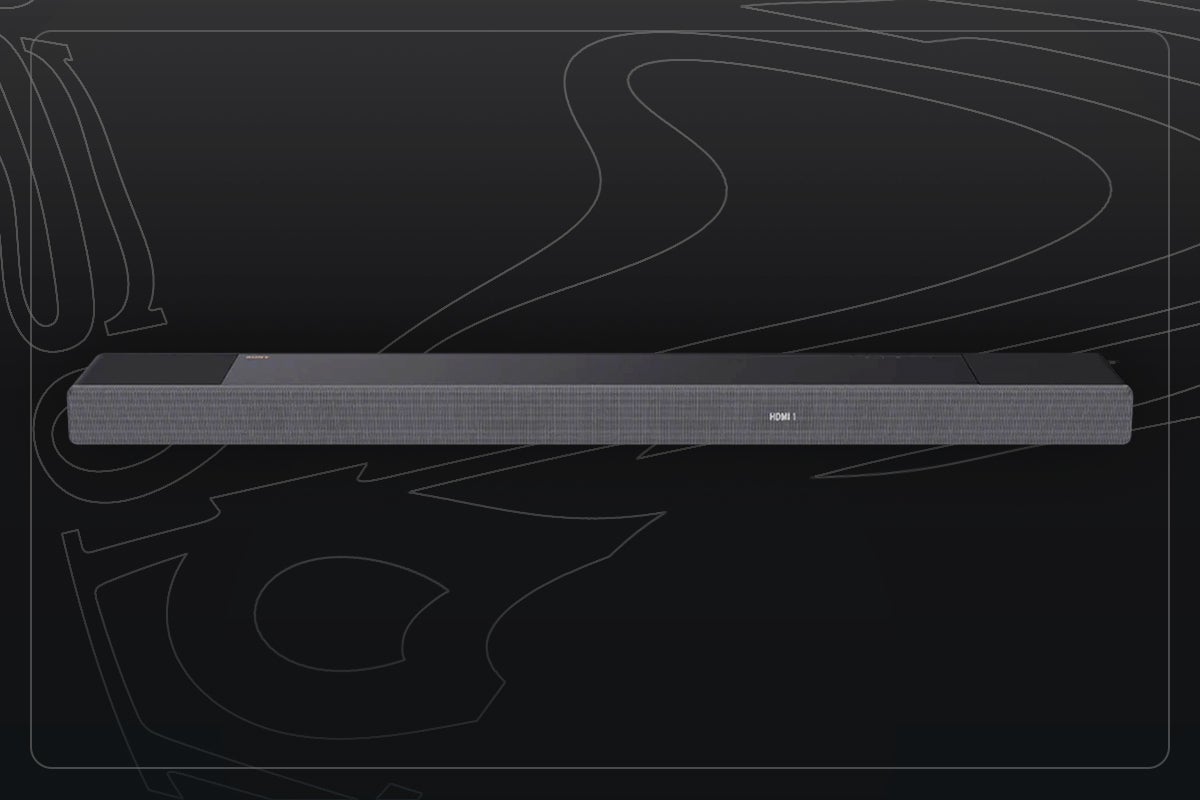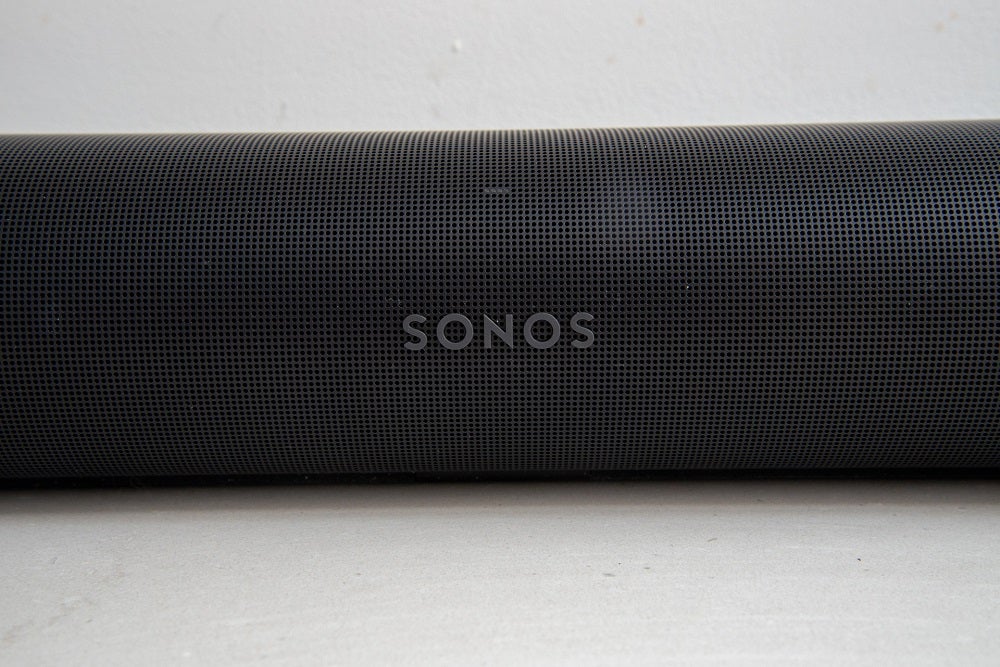Sonos Ray vs Sonos Beam
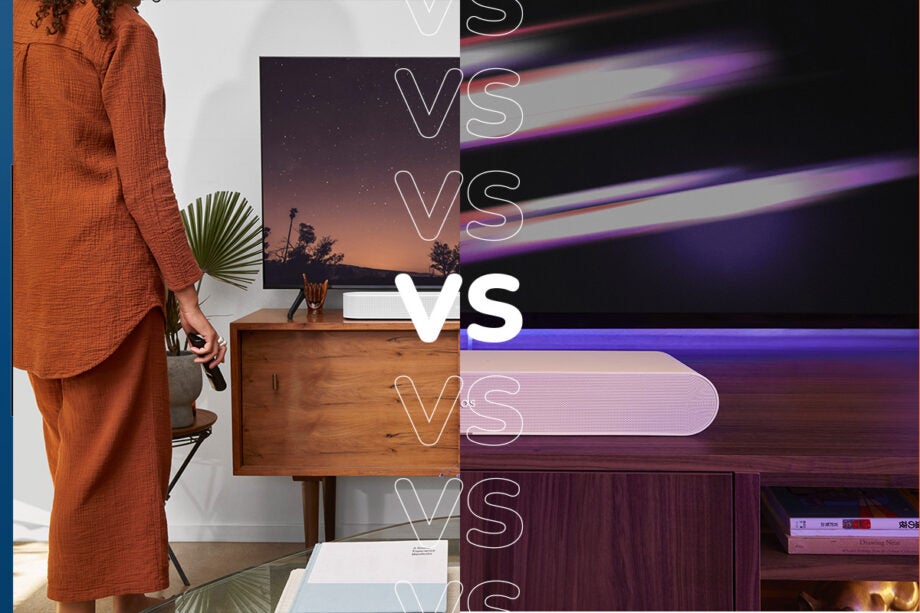
Sonos has expanded its home cinema line-up to include three soundbars. While the Sonos Arc is designed for a more high-end experience, the Sonos Beam (Gen 2) and Sonos Ray are smaller soundbars designed for more modest setups.
We’ve not reviewed the Sonos Ray yet, but this article compares the features of each product based on our expert knowledge of the market and experience reviewing the other soundbar. We’ll update with sound-quality observations once we’ve reviewed the new soundbar.
Size
Both are small soundbars designed for slightly smaller TVs. According to Sonos, the Ray is built to support TVs of sizes up to 55-inches, and the Beam up to 65-inch, while the Arc is for larger TVs and bigger rooms. Both models can be free-standing or wall-mounted via optional accessories.
The Ray measures 559 x 95 x 71mm while the Beam measures 651 x 100 x 69mm. That makes the Beam bigger, but not by a lot.
Inputs and format support
The big differences in the soundbars comes down to the inputs used. The Sonos Beam has an HDMI eARC input on it. On TVs that support eARC, it can accept lossless sound via Dolby TrueHD, including Dolby Vision. On TVs that support ARC only, the soundbar can work with Dolby Digital Plus (including Dolby Vision), which is a slightly lower quality format, although the default one used by most streaming services.
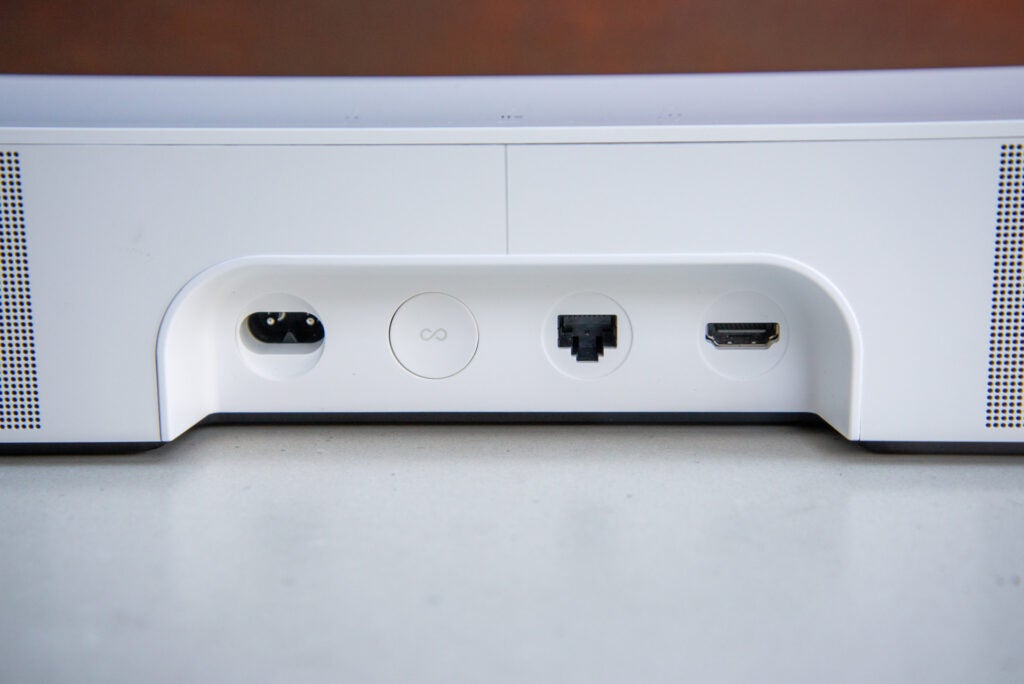
If you want to use the Beam on an older TV, there’s an HDMI-to-optical converter in the box, although this limits the soundbar to receiving Dolby Digital 5.1 audio-only, with no support for Dolby Atmos. Given that Atmos is one of the main reasons to buy this soundbar, we don’t recommend using the Beam with the adaptor.
As the Sonos Ray is designed as an upgrade for the bulk of TVs, it has an optical input only. This limits it to Dolby Digital 5.1, with no support for Dolby Atmos. Dolby Digital is still a good format and the audio from the Ray will be better than from a TV’s internal speakers.
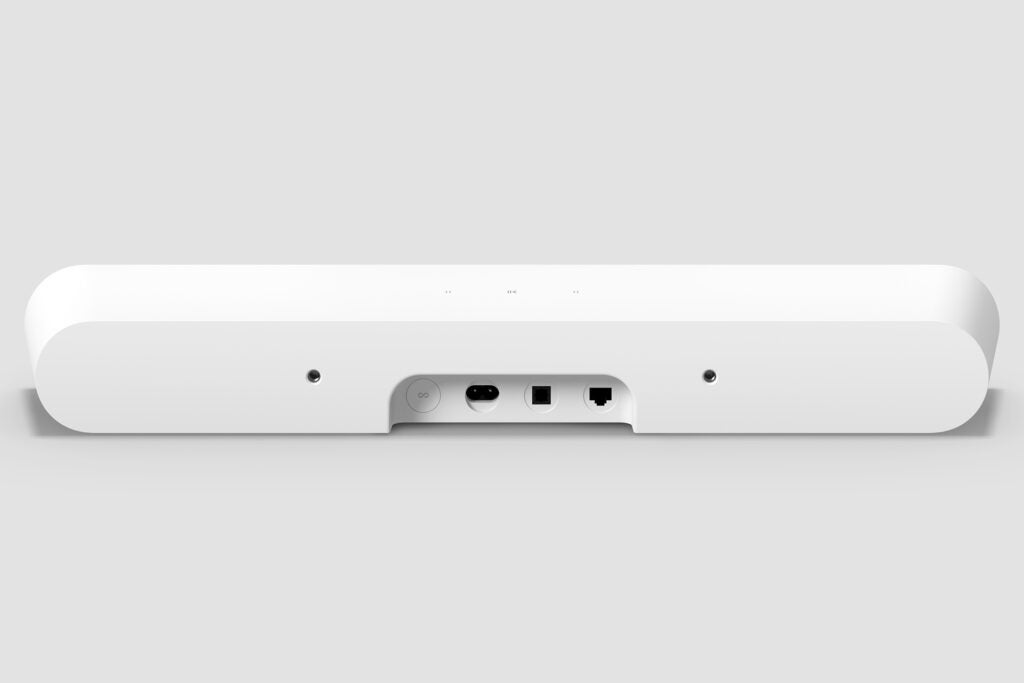
Both soundbars also support standard DTS sound. Neither supports DTS-HD MA, although the Beam’s eARC connection can take multi-channel PCM if you’ve got a source that can decode this sound format.
Surround sound
Although the soundbars are both designed to create a wide sound, with the Beam adding 3D audio on Atmos tracks, for full surround sound, you need to add additional speakers. Both soundbars can be upgraded, using two Sonos players of the same type as rear speakers, plus the Sonos SUB to increase bass response.
In both cases, the Sonos SUB is probably a little too expensive to justify and, perhaps, a bit overkill. Adding rear speakers is a nice upgrade, particularly on the more fully-featured Beam.
Voice control
Only the Sonos Beam has microphones built-in so that it can be used with Amazon Alexa, Google Assistant or the new Sonos Voice Control system. There are no microphones on the Ray, so it can’t natively run a smart assistant.
There is a workaround, though. You can add a stereo pair of rear speakers to the Ray consisting of a Sonos One (with microphones) and Sonos One SL (no microphones). Once grouped together, commands issued to the Sonos One control the entire group.
Sound quality
This is the one area that we can’t say anything for certain about, although the more expensive Beam is likely to sound better overall, plus it supports Dolby Atmos.
Internally, the Sonos Beam has one tweeter, four mid-woofers and three passive radiators. The Sonos Ray has two tweeters, two full-range midwoofers and two bass ports. We’ll bring you more on audio quality once we’ve reviewed the new soundbar.
Price and early conclusion
The Sonos Ray is the cheaper product at £279, while the Beam costs considerably more at £449. Which one is right for you, depends on what you want to achieve.
At this early stage, the Ray seems like a good choice for upgrading a TV that has poor quality sound, particularly a secondary television, such as one in a bedroom or kitchen.
The Sonos Beam is a good choice if you want the best cinematic audio quality but don’t have room or space for a Sonos Arc. Typically, the Beam works best in a slightly smaller room and with slightly smaller TVs than the Arc.
Specs compared
You can see a detailed breakdown of the two systems’ specs in the table below.


